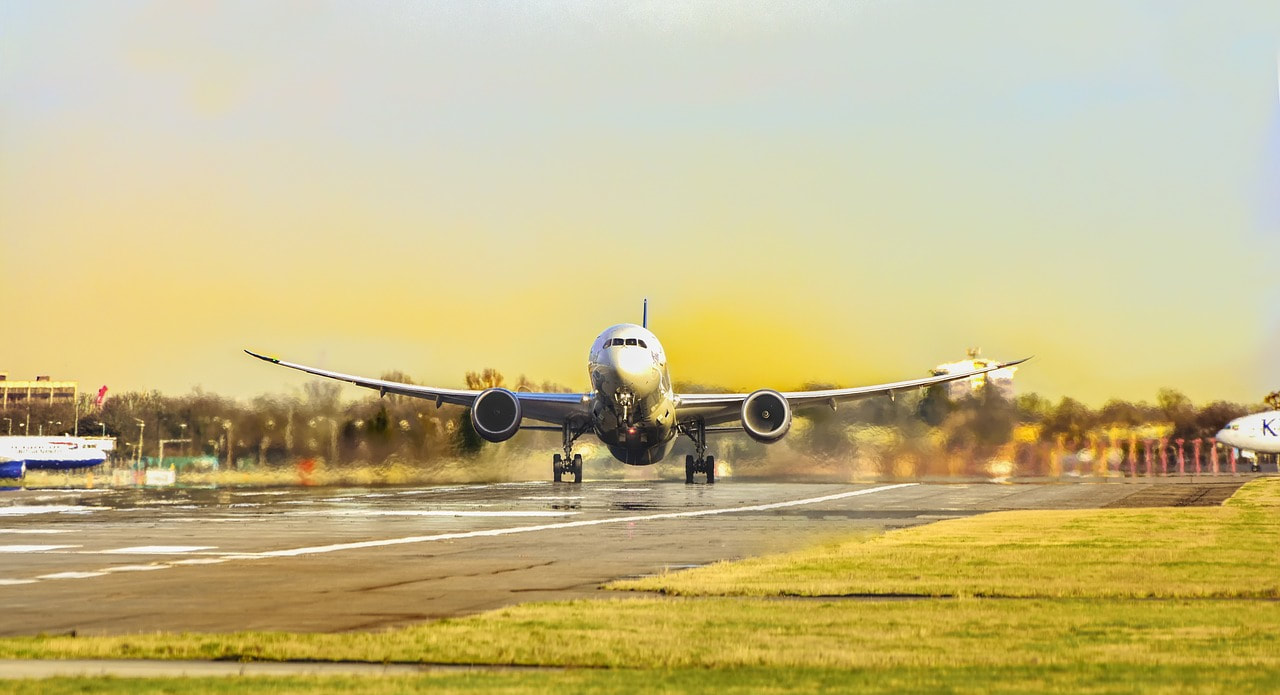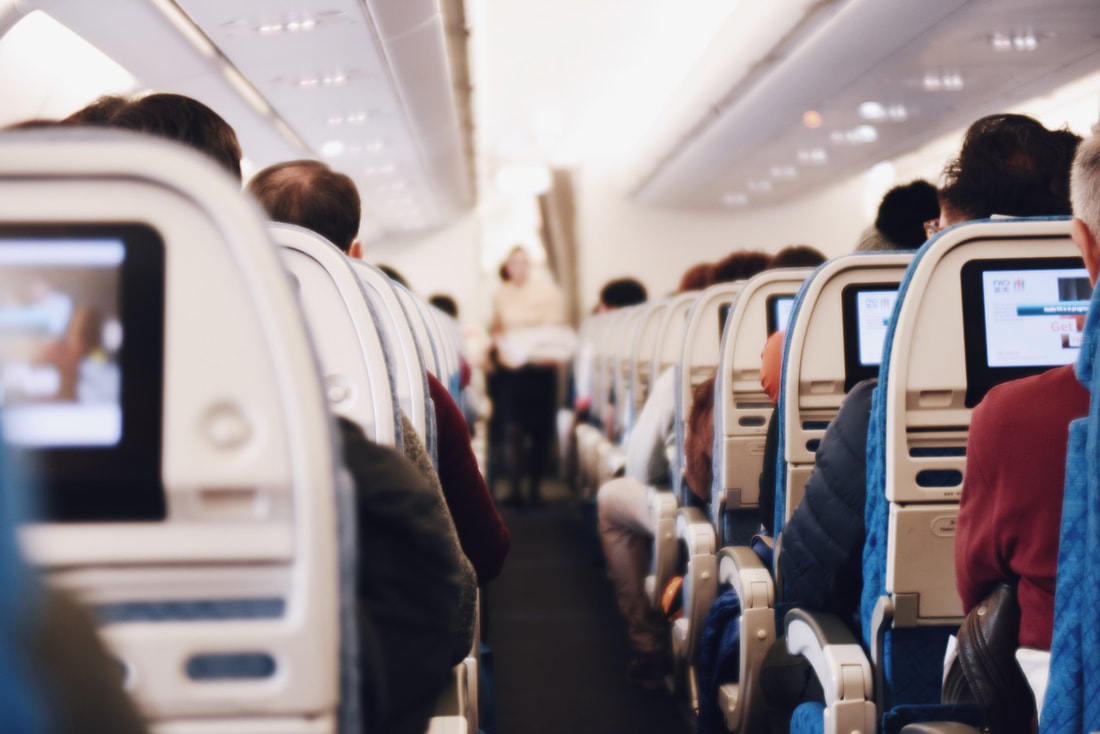|
Musicians, whether they are amateur players or professionals, occasionally have to bring their instruments on a plane trip. However, while air travel is an extremely safe method of transportation for people, it can often lead to lost or damaged instruments. Musicians who wish to make sure their instruments arrive safely should keep the following helpful tips in mind when planning their next flight: Follow any Transportation Security Administration (TSA) rulesBefore taking their instrument on a plane, musicians need to be aware of the relevant guidelines set by the TSA. According to the organization’s website, all instruments must undergo a security screening. Musicians who bring an instrument as a carry-on item must present it for a physical inspection at the airport’s security checkpoint. At this time, owners should communicate to TSA agents any special guidelines for handling their fragile instrument. If checking their instrument as baggage, individuals should be sure to label it with written instructions describing how TSA agents should handle the instrument while examining it and then restoring it to its case. Arrive early if you plan to bring your instrument as a carry-onIn 2012, the US Congress passed a law requiring airlines to allow instruments as carry-on items without imposing extra fees, as long as the instrument can safely fit underneath a seat or in an overhead bin. However, the law does not state that airlines must give musicians priority space in overhead bins, and in the event that there is no room for an instrument in the cabin’s stowage area, owners will need to check the item at the gate. For this reason, it is a good idea for musicians to purchase priority boarding tickets to make sure that they are among the first passengers to board the aircraft. This ensures that there will be plenty of room to store an instrument in the overhead compartment. Buy a seat for your instrumentMusicians with larger instruments like cellos and upright basses also have the option to purchase a seat for their instrument provided that it meets the weight and height guidelines established by the airline. The major US airline carriers all maintain different policies on instruments as cabin seat baggage, which travelers can find here. Even after establishing that a large instrument qualifies as cabin seat baggage, musicians should still contact the airline 24 hours ahead of time to confirm the viability of the special travel arrangement. In addition, any person traveling with a large instrument should arrive at the airport a half hour earlier than normal to make sure that he or she has enough time to transport the instrument through the airport and secure it safely in its seat before takeoff. Take necessary precautions for instruments stored in the cargo bayMusicians who check their instruments need to make sure their instruments are well protected while stored in the cargo bay. One way to do this is to purchase a quality hard case equipped with protective padding on the inside. It’s also a good idea to fill any empty spaces within the instrument’s case with newspaper, bubble wrap, foam, or soft fabric to prevent the instrument from moving around during transit. Musicians should label their case with an ID tag that clearly lists their full name and contact information to help prevent the instrument from becoming lost. Additionally, whether an instrument is traveling in the cargo bay or the cabin, owners should make sure to tune down stringed instruments and drums before takeoff. The pressure changes that occur during air travel may cause increased string tension on instruments like violins, guitars, and cellos, which could cause the necks of the instruments to bend or even break entirely. Tightened drumheads may also be at risk for this type of damage. Buy a cheap version of an instrument to take on trips insteadTo avoid the stress of traveling with an expensive instrument, musicians should consider purchasing a lower-quality version specifically for use during travel. Owners should take steps to protect these cheaper versions the same way that they would for their standard instruments, but in the event of accidental damage, loss, or theft, the cost of replacement is much less. If obtaining a cheaper version of the instrument is not feasible, individuals can purchase travel insurance to protect them against the significant costs associated with replacing a lost instrument or repairing a damaged one.
Comments are closed.
|
Photo used under Creative Commons from Marina K Caprara


 RSS Feed
RSS Feed
